PLANTAR FASCIITIS
Plantar fasciitis is one of the most common orthopedis condition relating to the foot. [Read More]


There are a range of common foot problems which can cause pain and discomfort to your feet. At Gosford Podiatry, we can handle them all. From fungal nail infections, to gout, corns and bunions, you never have to suffer in silence.
No matter what’s causing you pain, our friendly team of experts will find a way to alleviate your foot or nail problems. Not sure what is wrong? We’ve listed some common podiatric issues below for your reference. Each of these conditions requires specialised treatment. Call our team today to address these and any other podiatric problems you may be facing.
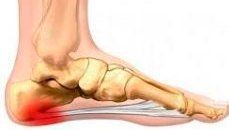
PLANTAR FASCIITIS
Plantar fasciitis is one of the most common orthopedis condition relating to the foot. [Read More]
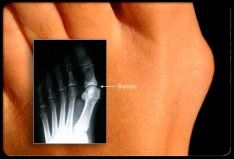
Bunions
A bunion occurs when the joint at the base of your big toe becomes enlarged, sore and swollen. Your big toe may start to angle toward your second toe, or move underneath it.
Women are most afffected by bunions, which are often exacerbated by wearing narrow, tight shoes, or high heels.
A bunionette occurs on the other side of the foot, near your small toe, and is much smaller than a bunion.
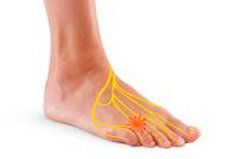
Neuromas
A neuroma occurs when the surrounding tissue of a nerve, which runs between the base of two toes, becomes thickened.
It is caused by repeated mild injury to the space between two toes, which can occur when footwear does not fit properly or when the foor excessively pronates.
The thickened tissue then causes pain in the area, particularily when walking.
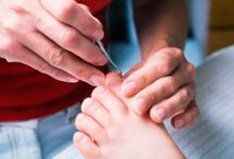
Ingrown Toenails
An ingrown toenail (or onyochocroyptosis) occurs when the nail grows sideways into the toe instead of outwards. The result is pain in the side of the toe, with the big toe being the most commonly affected.
It can be caused by any situation which interferes with the proper outward growth of the nail, such as improper trimming of the nail or incorrect footwear.
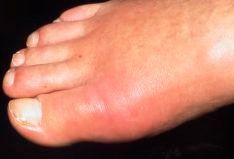
Gout
Gout is a painful inflammation of a joint caused by the build-up of crystals within the joint. The crystals are made of uric acid, a substance found in many foods, and usually excreted by the kidneys.
People who produce too much uric acid, or whose kidneys do not excrete it enough, are pre-disposed to the development of gout. When the levels of uric acid in the blood are high enough, it beings to collect as crystals in joints, leading to pain and swelling.
Gout most often affects the base of the big toe, but can affect any joint, and tend to recur in repeated attacks of acute inflammation.
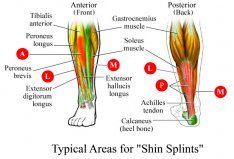
Shin Splints
Shin splints reger to pain along the shins, or the front of the leg between the knee and ankle. The pain is typically worse along the lower one-third of the leg.
The muscle in this area controls upward movement of the foot, and the pain is caused by overuse and strain of this muscle.
The most common cause of shin splints is athletic activity that involves running.
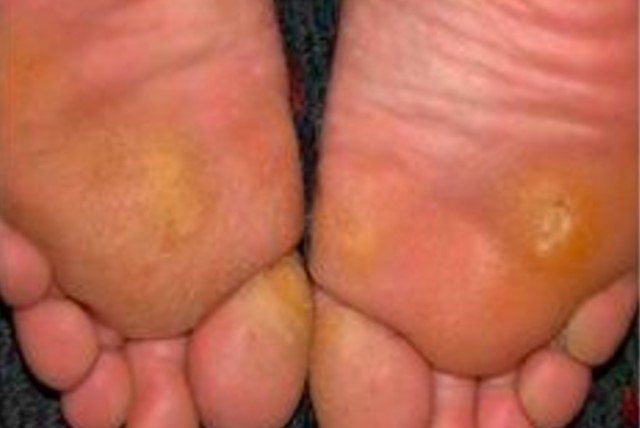
Calluses and Corns
A callus, or tyloma, on the foot is caused from repeated pressure anf friction, leading to the build-up of thickened skin. The callus, which may be hard, dry or cracked, acts to protect the area underneath it. A corn is similar to a callus but is smaller and appears on toes rather than on the sole of the foot.

Nail Fungal Infection
Fungal infection of the toenails (also called onychomycosis) occurs when a fungus infects the tissue underneath the toenail. The result is discoloration of the nail, which can become thickened and raised.
It commonly involves several nails simultaneously and often occurs in people with persistent moisture in their feet, such as those with footwear that prevents air circulation, or in those who prespire excessively in their feet.